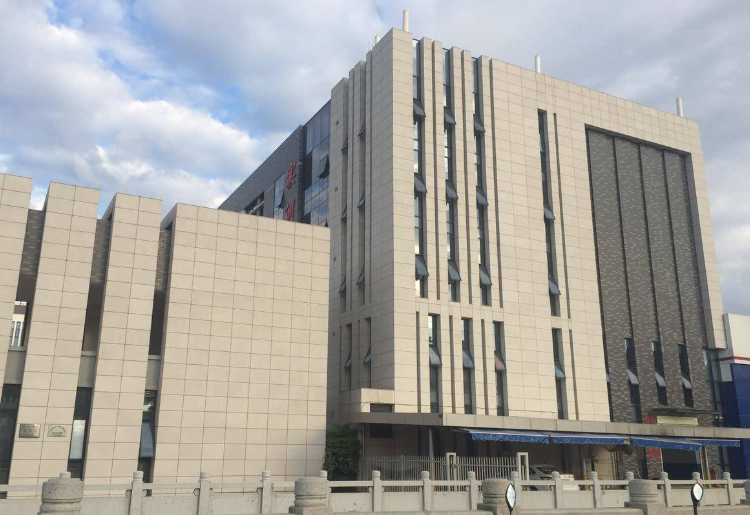

SEARCH
Built in a noisy city or roadside, although the transportation is convenient, but noise also comes with it. Therefore, the use of soundproofing cottons for buildings can minimize the impact of noise. However, it is not necessary to use soundproofing cotton for the whole building, and find the right place, which not only achieves twice the result with half the effort, but also saves material costs.

1. Wall and ceiling
Walls and ceilings are the most common applications of soundproofing cottons in buildings. Especially in multi-story buildings such as apartments and office buildings, in order to reduce noise interference between floors and between adjacent rooms, the walls and ceilings are often filled with soundproofing cotton. This filling method can effectively isolate the transmission of sound and improve the overall sound insulation effect.
2. Floor
In a multi-storey building, noise from the activity of the upper floor occupants may cause disturbance to the lower floor occupants. Therefore, laying soundproofing cotton under the floor becomes a common solution. Sound insulation cotton can reduce the impact of noise such as footsteps and furniture movement of upper residents on lower residents, and maintain a good living environment.
3. Doors and Windows
Doors and Windows are one of the main ways of noise propagation in buildings. In order to improve the sound insulation performance of doors and Windows, architects often fill the gap between the door and the window frame and the wall with sound insulation cotton. In addition, some advanced door and window products will also use soundproof glass and sealing strips and other soundproof materials to further enhance the sound insulation effect.
4. Machine room and equipment room
Large equipment, such as air conditioners, elevators, and generators, are usually placed in the room and equipment room of a building. These devices will produce large noise during operation and interfere with the surrounding environment. Therefore, the installation of sound insulation cotton on the walls, ceilings and floors in these areas can effectively reduce the spread of noise and protect the quiet surrounding environment.
5. Stairwells and corridors
Stairwells and corridors are densely populated areas of the building and are prone to noise. In order to reduce noise levels in these areas, architects often use soundproofing cottons on the walls and ceilings of stairwells and corridors. This can not only reduce the spread of noise, but also improve the overall comfort of the space.
The application range of building sound insulation cotton is very wide, from the wall, ceiling to the floor, doors and Windows, and then to the computer room, equipment room and stairwell and corridor, need to be soundproofed according to the actual situation.